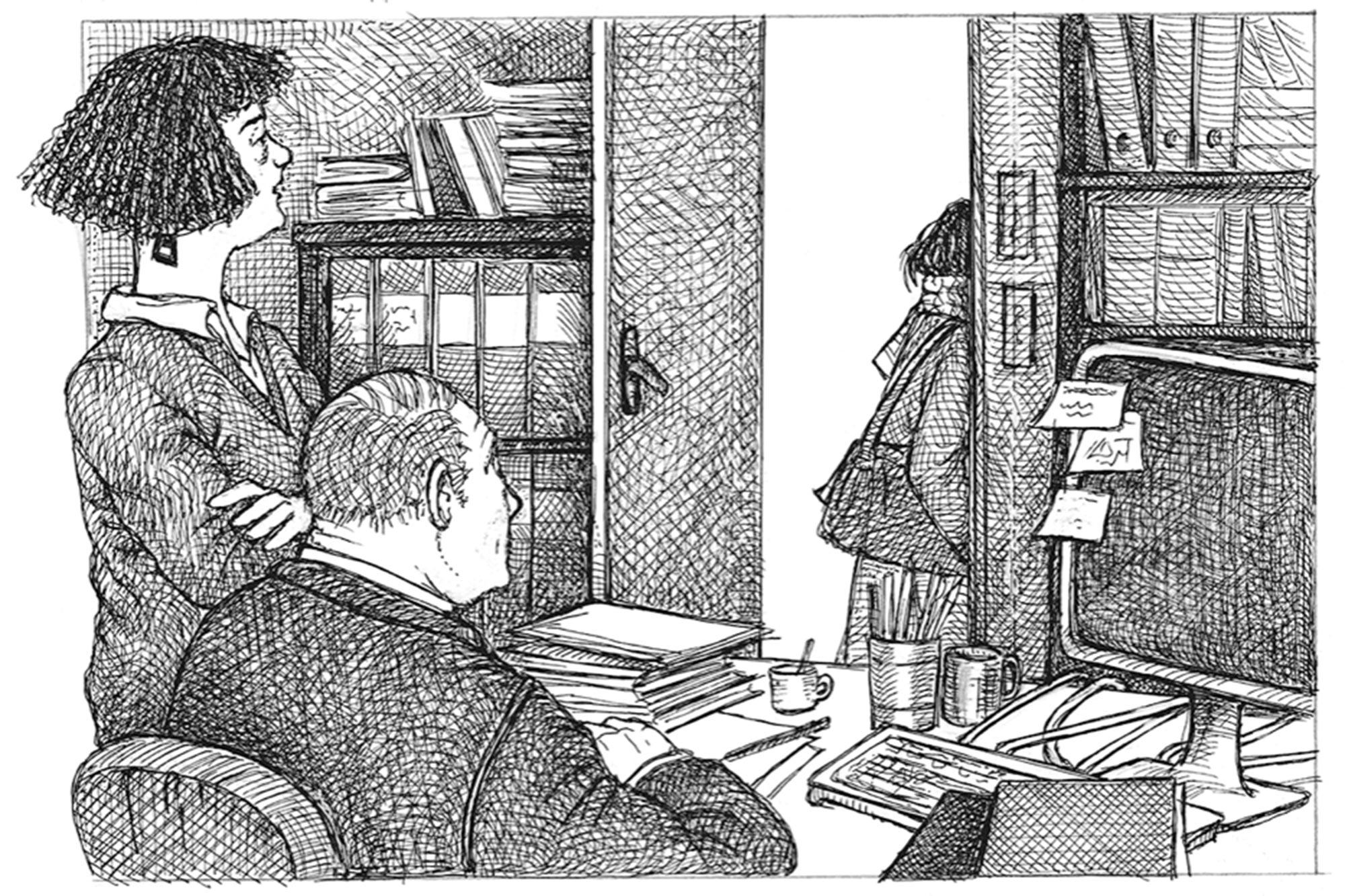A coercive protection? Assessing child protection norms and decision-making
It is on the basis of a transversal approach (administrative decisions and decisions under civil and penal law) that this socio-historical research project will investigate the changes to coercive measures taken by the state to protect minors in the French-speaking part of Switzerland between 1960 and today.
It is on the basis of a transversal approach (administrative decisions and decisions under civil and penal law) that this socio-historical research project investigates the changes to coercive measures taken by the state to protect minors in the French-speaking part of Switzerland between 1960 and today.
Project description (completed research project)
This socio-historical research project clarifies the changes to protective systems for minors in the French-speaking part of Switzerland between 1960 and today.
The analysis is based on two axes:
- changes to the normative framework (laws and guidelines) for the protection of minors as well as
- the decision-making processes (notifications, evaluations, decisions) that lead to the taking of protection measures, based on the analysis of personal files, qualitative interviews, and ethnographic observations.
Two contradictory case studies in the cantons Geneva and Wallis will allow us to illuminate our research hypotheses on the different impacts of the implementation of minor protection policy in the past fifty years.
Results
The summary of the results for this project are available here:
Original title
A coercive protection ? Assessing child protection norms and decision-making in the age of children's rights (French speaking Switzerland, 1960s–2010s)

